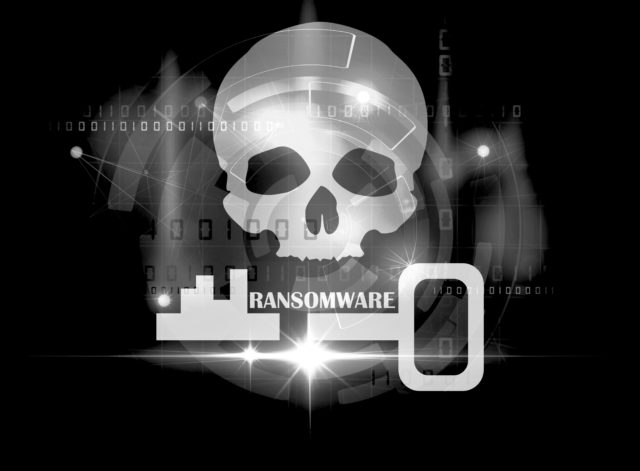
Delaware County in Pennslyvania is in the process of paying $500,000 to the ransomware operators who compromised its local government’s network system. In an official release, Delaware County stated that it discovered an intrusion in some parts of its computer networks.
Delaware County immediately took the systems offline and has started working with computer forensic specialists to determine details of the incident. The County also confirmed that the Bureau of Elections and Emergency Services Department were not impacted by the incident.
“We commenced an immediate investigation that included taking certain systems offline and working with computer forensic specialists to determine the nature and scope of the event. We are working diligently to restore the functionality of our systems. The investigation is ongoing, and we are working with computer forensic specialists to understand the full nature and scope of the event and confirm accurate information before sharing the details. County employees have been notified and provided with information and instructions,” Delaware County stated in its notice.
Majority of Ransomware Attacks in U.S.
Organizations in the U.S. witnessed a greater number of ransomware attacks than any other country. According to the research report, “The State of Ransomware in 2020,” nearly 57% of all ransomware attacks tracked in 2020 were reported in the U.S., with cybercriminals demanding $176,000 ransom per victim, on average. Australia stood second with 7% of ransomware attacks, followed by Canada (6%), the U.K. (5%), and Germany (4%). It is found that ransomware operators focused mostly on organizations that are having tens of thousands of employees. Most of the attacks were operated by infamous hacker groups like Maze (17%), REvil/Sodinokibi (16%), NetWalker (14%), and Ryuk (13%), making 60% of ransomware attacks globally. Read the full story here…










